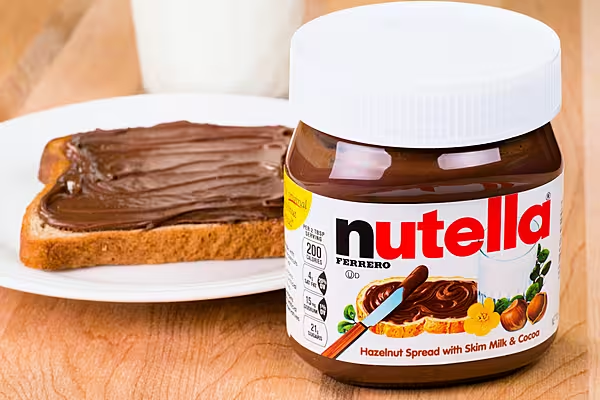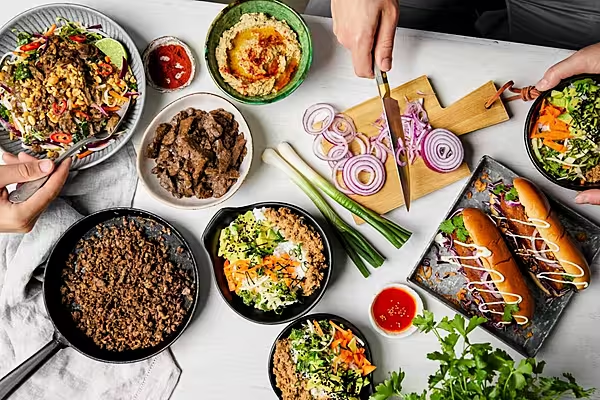Procter & Gamble Co., which spent the past few years offloading poorly performing brands and businesses, is now focused on improving the quality of products that remain, chief executive officer David Taylor said.
The company is looking to set a “much higher standard” for its brands, Taylor, 57, said in an interview. The idea is to make its products noticeably better than competitors' the first time consumers use them, he said. That means if customers try, say, a Gillette ProShield razor, they won’t want to go back.
“The real standard that we’re going to try to stretch to,” Taylor said, “is to have a ‘wow’ first-use difference.”
Distinguishing its products is key at a time when P&G faces mounting competition from low-price rivals, as well as a crop of upstart brands that have built loyalty with millennials. The company is also closely studying how its products are used in consumers’ homes. That includes 'deprivation' testing, i.e. when products are taken away and replaced with other versions.
“It’s a really powerful way to see how much they really liked it – take it away from them,” Taylor said.
Lafley’s Legacy
Taylor has a tall order after replacing A.G. Lafley in November. Lafley, who returned for a second tenure as CEO in 2013, took dramatic steps to revive P&G, including shedding 100 brands and selling off its pet food, battery and beauty businesses, yet P&G’s growth has remained sluggish, and some analysts argue that it’s still too big, complex and risk averse.
Not true, Taylor said. “When we finish the portfolio transformation, we’ll be a more focused company,” he said. “The willingness of the leaders in the broader organisation at P&G to evolve, adapt and change is very high.”
P&G’s organic sales, which exclude currency effects and acquisitions and divestments, grew at an average of about 2.8 per cent in the last five fiscal years. That compares with 4.4 per cent in the previous five-year period, which included the Great Recession.
In working to reignite growth, P&G is emphasising four top categories – fabric, baby, haircare and grooming – and its two biggest markets, the US and China.
China Missteps
The company has made missteps in China in the past, Taylor said recently at a conference in Florida – his first major appearance since becoming CEO. P&G was slow to catch on to consumers’ appetite for higher-priced goods, what he calls the “premiumisation’’ of the market. It’s now more attuned to that trend.
P&G is also continuing to cut expenses. After embarking on a $10-billion cost-cutting programme four years ago, the company is seeking to eliminate another $10 billion over the next five years, and it’s trimming $7 billion from its cost of goods sold this year, chief financial officer Jon Moeller said at the conference.
The company is changing the way it develops leaders as well. P&G, long known for an insular culture, will be more open to hiring from outside. It will also give executives more time to gain expertise, instead of shuffling them along, Moeller said at the conference.
“At times, we’ve been too quick to move talent across businesses,” he said.
News by Bloomberg, edited by ESM. To subscribe to ESM: The European Supermarket Magazine, click here.














